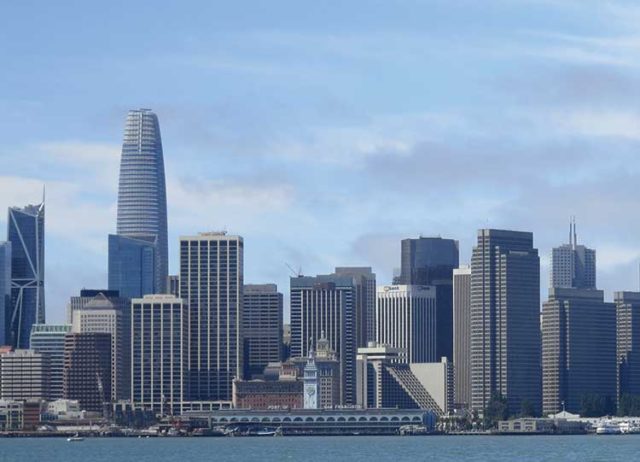In short, next year is likely to be a lot like 2021 when it comes to San Francisco real estate. A seller’s delight, and not much fun for buyers — especially if you’re looking to purchase a single family home. While for the most part it’s been the same story for years, there are some new wrinkles worth noting.
Zillow suggests that for the nation as a whole the housing market may not reach the incredible heights of 2021, but it will be anything but slow next year. Expect the strong sellers’ market to persist, the Sun Belt to maintain its top spot as the most in-demand region, and flexible work options to continue to shape housing decisions in new ways in the year ahead.
Zillow’s forecast calls for 11 percent home value growth in 2022. That’s down from a projected 19.5 percent in 2021, a record year-end pace of home value appreciation, but it would still rank among the strongest years Zillow has tracked. Existing home sales are predicted to total 6.35 million, compared to an estimated 6.12 million in 2021. That would be the highest number of home sales in any year since 2006.
LOCAL EFFECTS
The same report includes some interesting observations that will no doubt apply to San Franciscans.
Americans are taking advantage of remote work flexibility to move to larger homes in more affordable markets, but many will not want to commit to a new location full time. This is often true for younger people who are attracted to the amenities of living in a city, where expensive housing is more likely to put homeownership out of reach.
With these factors in play, there may be more people buying what’s traditionally a second home — either a part-time vacation home or an investment property — before they buy a home as a primary residence.
Purchasing a second home in a more affordable market than the one in which they live is a way for these buyers to start building equity while mortgage rates are low. What’s more, they might choose to team up with friends or family to lessen the financial burden.
For homeowners who would have once been inclined to purchase a larger house, an ultracompetitive housing market might discourage such a move. Many homeowners will choose instead to simply upgrade their existing home. A Zillow survey of homeowners found nearly three-quarters would consider at least one home improvement project in the next year.
For many years, San Francisco was the hottest real estate market in the nation. But now, because homes in the city cost so much, that is no longer the case. Instead, other markets are heating up. Mostly smaller markets, where homes are considerably less expensive. Looking ahead to 2022, Realtor.com expects the five hottest markets in the nation will be Salt Lake City, Utah; Boise, Idaho; Spokane, Wash.; Indianapolis, Ind.; and Columbus, Ohio.
That may provide little consolation to San Francisco buyers who will still face stiff competition when trying to purchase a home. And they won’t just be competing against other individuals. The San Francisco Business Times reported at the end of November that investors bought $2.3 billion worth of homes in San Francisco in the third quarter of 2021.
That’s 815 homes and accounted for roughly 20 percent of sales. Many of the top metros across the country have seen investor activity more than double in their housing markets in the past year. San Francisco placed 30th among the 40 metro areas studied. In the city, the number of homes bought by investors was up 27.1 percent over the third quarter of 2020.
At this point, according to the Business Times, there’s nothing to suggest that investor activity will slow.
STILL WARM ENOUGH
In November, the median price for a single-family home in San Francisco was $1.9 million, up 17.1 percent over November 2020. The median price for a condo during the same month was $1.29 million, up 7.9 percent over the previous year.
Obviously, there is a big demand for homes in the city, as properties continue to sell faster and faster. Single family homes were on the market in November for a median number of only 13 days, down 31.6 percent from the previous year. Condos were on the market for 24 days, down 40 percent from 2020.
Also, 79.5 percent of single-family homes sold over their list price, and 56.7 percent of condos sold over their list price, up 29.3 percent and 75 percent respectively over the same month in 2020.
There is much uncertainty entering the new year. Will Covid ever really go away? Who will win the 2022 midterm elections? How will California deal with its water shortages and wildfires? What about the stock market?
Even in the face of all of this uncertainty, it seems clear that the demand for San Francisco homes will likely remain strong, home prices will continue to climb, and buyers, despite all the challenges, will somehow find a way to purchase a home they want.
Feedback: [email protected]




